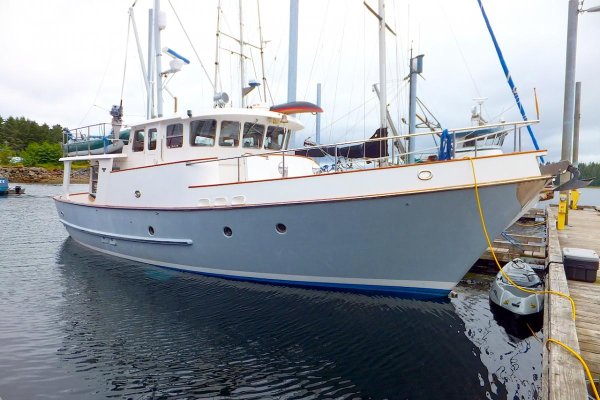They seem to be great boats for the purpose of world exploration. Some would say they are the epitome of small passagemakers.
If you do not need that capability there are other choices that have larger (read more comfortable) interiors for the same or less money.
This is a good point about being truthful to yourself about what capabilities you really need in your boat. I've been learning first-hand about the compromises when designing a bluewater boat versus a long range coastal boat.
Think of the difference between a Nordy and a Hatteras LRC. The LRC can easily take you from east to west coast America, up to Alaska, etc. Probably do the Canada to Greenland to Europe crossing.
But for a Hawaii and Pacific and Atlantic crossing, or high latitudes like Patagonia and Cape Horn, a true bluewater like the Nordy would be a better fit.
But there is a big difference in the interior accommodations between the two.
It's nice to dream big, but even nicer to have the right boat that fits reality.

